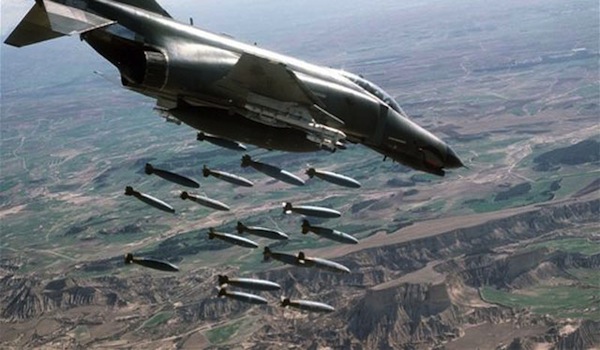 AMED, — Human Right Association (IHD), branch of Amed (Diyarbakir) has reported that 437 guerrillas have lost their lives in 39 separate operations carried out with chemical weapons by the Turkish army since 1994.
AMED, — Human Right Association (IHD), branch of Amed (Diyarbakir) has reported that 437 guerrillas have lost their lives in 39 separate operations carried out with chemical weapons by the Turkish army since 1994.
Human Rights Association (IHD) has released its “Report of Chemical Weapons” which contains important information regarding the operations of the Turkish army carried out with chemical weapons. According to the report released by IHD administrator Serdar Chelebi, chemical weapons were used in 39 operations among those carried out from 1994 to 2011, while 437 guerrillas lost their lives in these operations.
Some other figures in the report are as follows;
Alleged use of chemicals on nature and lands: 5
Alleged use of biological weapons: 2
Number of guerrillas who died as a result of chemical weapons use: 437
Number of animals perished as a result of chemical weapons use: 134
The report which reminded that the allegation concerning the use of chemical weapons has been frequently brought to the agenda since the 1990s also gave examples from the military operations where chemical weapons were used.
Remarking that all the applications made on the subject remained inconclusive so far, Branch Secretary Raci Bilici called on national and international civil organizations and competent institutions, individuals and governments to investigate the allegations concerning chemical weapons.
Bilici said; “The rules of humanitarian law regulate the rules that must be obeyed even under war circumstances. We expect competent authorities to investigate all these allegations which mean a violation of the humanitarian law, the laws of war and armed conflict and to make scientific data-based statements to the satisfaction of the general public.”
Some other information from the report, which consists of the applications made by families as well as the compilation of news from DIHA and ANF, is as follows;
20 PKK guerrillas, who lost their lives in the operation near the Ballikaya (Bilika) village in Silopi district of Sirnak on May 11, 1999, were asserted to have been killed with chemical weapons. To the extent reflected to the media; a chemical gas tube, claimed to have been used in the operation and found at the scene, was sent to Germany by guerrillas for a criminal investigation. The report issued after the investigation in the criminal laboratory in Germany concluded that the material (the tube) was of a deadly chemical gas containing chemicals.
8 PKK guerrillas including two women, who lost their lives in a clash in September 2009 Cukurca district of Hakkari, were killed using chemical weapons. Upon finding some photos and materials verifying the assertion, human rights organizations sent the materials to Germany for an investigation after which the German press wrote that the Turkish army used ‘chemical weapons’ against PKK militants.
While German human rights activists and politicians demanded an international investigation into the issue, the University of Hamburg issued a report and proved the use of chemical weapons by the TSK (Turkish Armed Forces). Separately, expert Hans Baumann who examined the photos of the event proved that the photos were real images, while Hamburg University Hospital issued a report saying that the militants were most likely killed with chemical weapons.
PKK guerrilla Bedran Kaya, who lost his life in the clash in Hakkari’s Semdinli district on July 31, 2011, was as well claimed to have been killed with a chemical weapon. The assertion came up upon the notification of those seeing Kaya’s body which had no bullet marks but an intense skin eruption.
Zafer Tanrish who appealed to our branch on 29 April 2009 made the following statement; ‘‘my brother Gokmen Tanrish left home about 16 years ago and we have not heard from him since then. After some time we received unconfirmed information that he had joined the PKK. In addition, we did not have any information on whether he was alive or not. However, 10 days ago we learned that my brother had been killed in a clash where chemical weapons were used in Samsavat region between Erzincan and Gumushane provinces in 1994. We want to reclaim his body and to find out if he was killed with a chemical weapon or not. I demand you to make the necessary attempts for the identification and reclaimation of his body.’
22 students, who left Malatya to join the PKK but slaughtered in mass on May 17, 1994 at the Bezar Mountain in Adiyaman yet before reaching the guerrilla area, and six PKK guerrillas, who came to the area to meet the students, were also claimed to have been killed with chemical weapons. While few eye-witnesses confirmed the use of chemical weapons during the operation, journalist Evrim Alatash called attention to the use of chemical weapons in a review she wrote about Fidel Tore who was among these 22 students.
The bodies of 21 PKK militants, who were claimed to have been killed with chemical weapons in a clash in Chemishgezek district of Dersim on 11 April 1997, have still not been delivered to their families although their code names and birth places are already registered at the Office of Malatya Special Authority Chief Prosecutor.”